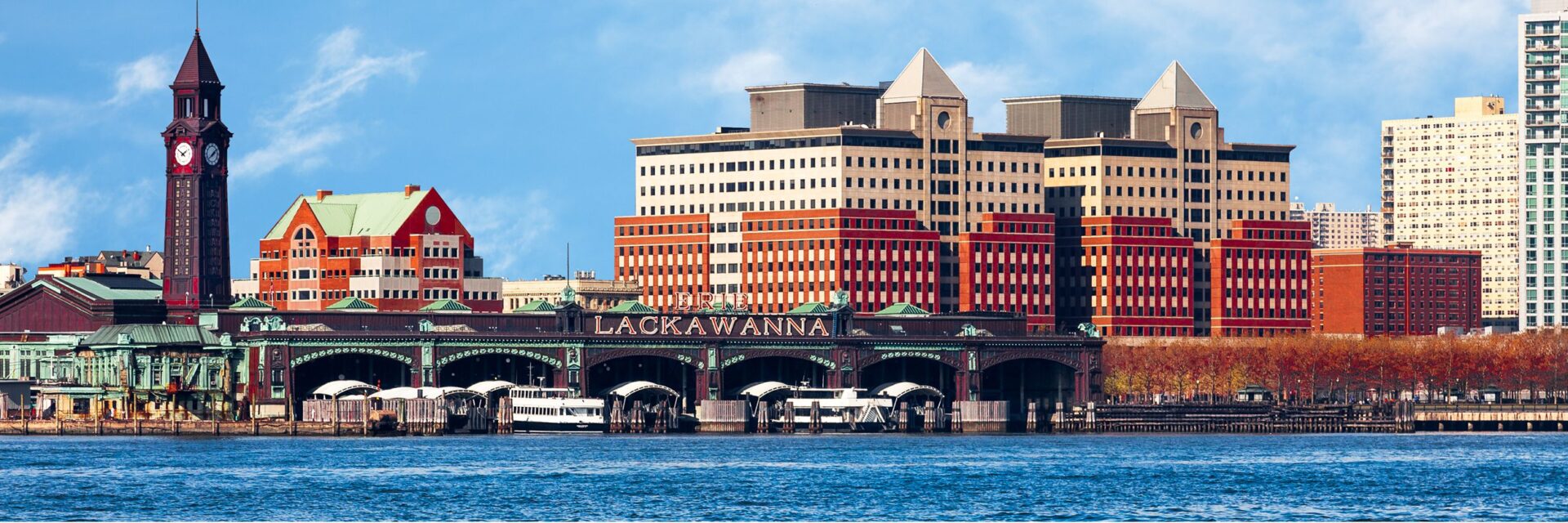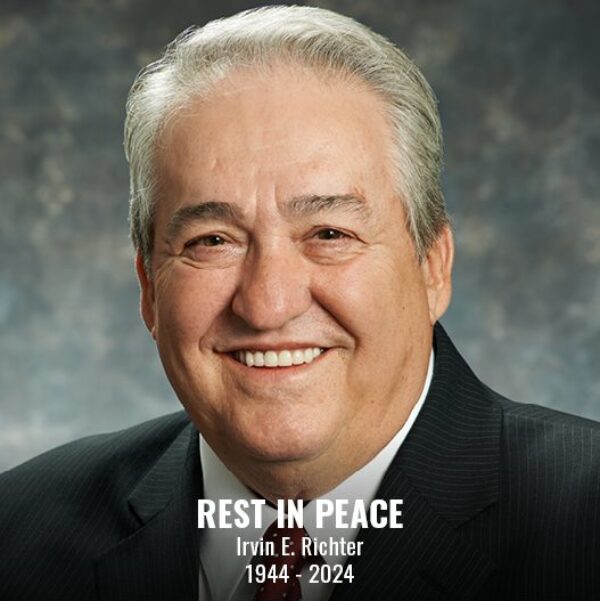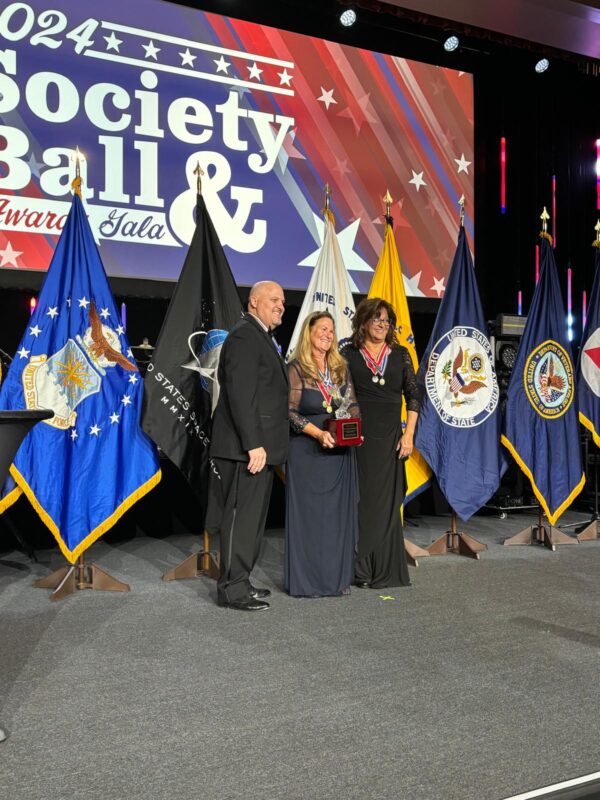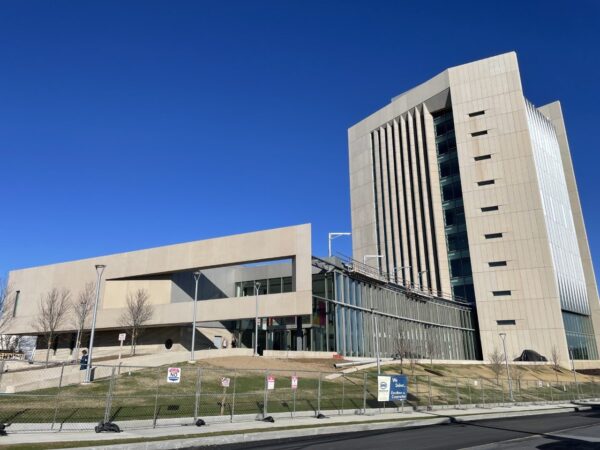
July 15, 2024 | Articles
Construction’s Digital Transformation & The Tools of Modern Project Management

Following the devastation of Superstorm Sandy and recognizing the likelihood of future extreme weather events striking the New York Metro area, the U.S. Department of Housing and Urban Development (HUD) launched the Rebuild by Design (RBD) competition in the summer of 2013 to develop ideas to improve physical, ecological, economic, and social resilience in regions affected by Sandy. One of the winning initiatives of this competition was an ambitious plan to reduce the frequent flooding due to storm surges, high tides, and heavy rainfall in Northern New Jersey along the Hudson River and in the adjacent Meadowlands wetlands.
HUD awarded $230 million in Community Development Block Grant-Disaster Recovery (CDBG) funds to the State of New Jersey for work along the Hudson River. This work is currently underway in Hoboken and will ultimately extend into Weehawken to the north and Jersey City to the south and is aptly named The Hudson River Project. The project’s approach to flood reduction and resiliency consists of four interrelated components:
Hill International, in joint venture with WSP, supported the permitting and planning process and is now managing the construction phase of the project. “WSP took the lead on the environmental impact statement and other key steps during the early stages of the project,” explains Hill Project Director Gene McGarry, CCM, RLA, LEED AP. “While we supported their efforts with pre-construction estimating and constructability reviews. Now we’re ready to move into building the first phase.”
Once complete, the Hudson River portion of the Rebuild by Design project will create above ground flood control measures in both South and North Hoboken. The above ground flood protection will incorporate a public park in North Hoboken at Cove Park, as well as other community amenities.
Hill is currently putting its team in the field under the leadership of Project Manager Matt Barboni, PE, RLA, LEED AP, CA. “First is what’s essentially an enabling project,” says Barboni. “This involves sewer improvements in North and South Hoboken. We’ll be working on sealing manholes and other key water infrastructure along the Hoboken waterfront to separate portions of the existing combined sewer system into separate sanitary and stormwater lines.” This work is an important first step in preparing Hoboken for construction of the above-ground flood protection measures as the underground work will help prevent storm surges from the Hudson River from flooding Hoboken through the sewer system.
Barboni adds that, although the work may sound simple, the age of Hoboken’s infrastructure and its urban streetscape necessitate careful planning and precision. “Hoboken is an older town, and conflicts underground are pretty much inevitable,” he says. “What’s important is having a plan to address those conflicts before they can slow down the work.” Barboni lists third-party coordination as a particular key to success, with PSE&G, Verizon, and the North Hudson Sewerage Authority all important stakeholders during the construction phase.
McGarry and Barboni agree that the community itself is another big player in the project. “Hoboken has suffered for years from frequent floods,” says McGarry, who, like Barboni, is also a North New Jersey resident. “The residents want this project to happen. They also, of course, want to make sure the project is executed with a minimum of disruption to their daily lives—from street closures to parking restriction to noise and other factors.”
Barboni says his team will make sure residents, commuters, and business owners will be kept informed and up to date on any and all impacts, and that they will be carefully monitoring the contractor’s performance to verify compliance with all approved safety and security plans—including noise and dust control. “Construction in an urban area always means keeping your site neat and safe,” he says. “When you’re building on the streets of one of the most densely populated parts of the U.S., that’s doubly true.”
The team plans to complete the first step in the Hudson River project in 2022 with construction of the above-ground elements of the project to begin shortly thereafter.
Share

July 15, 2024 | Articles
Construction’s Digital Transformation & The Tools of Modern Project Management

July 10, 2024 | Articles
GC/CM at Post Falls: Managing Avista’s North Channel Dam Rehabilitation Project

June 23, 2024 | Articles
Irv Richter – An Innovator, A Pioneer, A Leader (1944 – 2024)

June 14, 2024 | Articles
Environment of Care Standards – Meeting the Challenge (Part Two)

June 13, 2024 | Articles
PMO for Public Transit Project Success: The Reopening of Philadelphia’s Franklin Square Station

June 7, 2024 | Articles

May 17, 2024 | Articles
Hill Interim Federal Market Sector Leader Jane Penny Receives Golden Eagle Award

April 11, 2024 | Articles
A Model Move: Managing Move-In at the Sylvia H. Rambo U.S. Courthouse